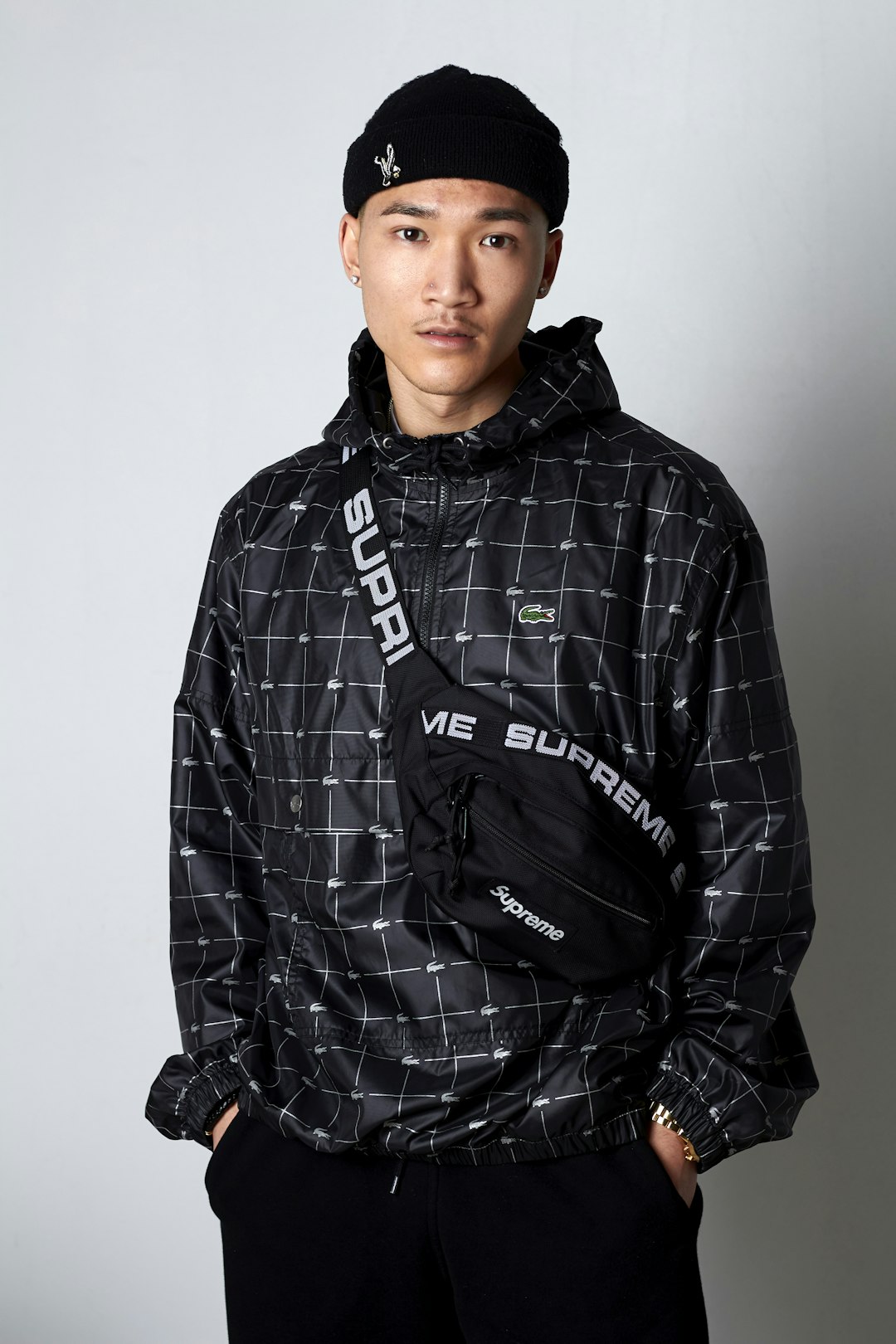Fashion photography is an art form that captures the essence of style, beauty, and creativity. It is a dynamic and ever-evolving field that combines the worlds of fashion, photography, and artistry. From high-end fashion editorials to street style photography, fashion photography plays a crucial role in shaping the way we perceive and consume fashion.
In this ultimate guide to fashion photography, we will explore the history, techniques, and tools needed to master this exciting and glamorous field.
History of Fashion Photography
Fashion photography has a rich history that dates back to the early 20th century. The first fashion photographs were purely functional, used to showcase the latest designs for fashion magazines and catalogues. However, as the field evolved, photographers began to infuse their work with creativity and artistry, transforming fashion photography into a true form of artistic expression.
Some of the most iconic fashion photographers of all time include Richard Avedon, Helmut Newton, Irving Penn, and Annie Leibovitz. These photographers have shaped the industry with their innovative techniques and bold visions, leaving a lasting impact on the world of fashion photography.
Today, fashion photography continues to evolve with the rise of social media platforms like Instagram and Pinterest. With the click of a button, photographers can now share their work with a global audience, creating a new era of instant gratification and accessibility.
Techniques of Fashion Photography
Fashion photography requires a unique set of skills and techniques to capture the beauty and sophistication of clothing and accessories. From lighting and composition to styling and posing, mastering these techniques is essential for creating stunning fashion photographs.
One of the most crucial elements of fashion photography is lighting. Whether shooting in a studio or on location, the right lighting can make or break a fashion photograph. Natural light is often preferred for its soft and flattering effect on the models and garments, while artificial lighting can be used to create dramatic and high-fashion looks.
Composition is another key element of fashion photography. Framing your subject within the frame, experimenting with different angles, and utilizing negative space are all techniques that can be used to create dynamic and visually appealing images.
Styling is also an essential aspect of fashion photography. From selecting the right clothing and accessories to coordinating hair and makeup, styling plays a crucial role in shaping the overall aesthetic of a fashion shoot.
Posing is another important technique in fashion photography. Models must be able to convey emotion, attitude, and style through their body language and expressions. Working with professional models who are experienced in posing can help to elevate the quality of your fashion photographs.
Tools of Fashion Photography
In addition to mastering the techniques of fashion photography, having the right tools is essential for success in this competitive field. From cameras and lenses to lighting equipment and editing software, investing in high-quality tools can help to elevate your work and stand out from the crowd.
When it comes to cameras, many fashion photographers prefer to use DSLR or mirrorless cameras for their versatility and image quality. Popular brands such as Canon, Nikon, and Sony offer a wide range of options to suit different shooting styles and budgets.
Lenses are another essential tool for fashion photography. Prime lenses with wide apertures, such as 50mm or 85mm, are popular choices for capturing sharp and detailed portraits. Zoom lenses can also be useful for shooting in a variety of settings and situations.
Lighting equipment is crucial for creating dynamic and visually appealing fashion photographs. Continuous lighting or strobes can be used to control the intensity and direction of light, while reflectors and diffusers can help to soften shadows and add dimension to your images.
Editing software is another essential tool for fashion photographers. Programs like Adobe Photoshop and Lightroom allow photographers to retouch images, adjust colors and exposure, and enhance the overall aesthetic of their work. Learning how to use these tools effectively can help to elevate the quality of your fashion photographs and create a polished and professional look.
In conclusion, fashion photography is a dynamic and exciting field that requires a combination of creativity, technical skill, and an eye for detail. By mastering the history, techniques, and tools of fashion photography, you can create stunning images that capture the beauty and essence of fashion. Whether you are shooting for a high-end fashion magazine or creating content for social media, the ultimate guide to fashion photography will help you navigate this glamorous and fast-paced industry.

